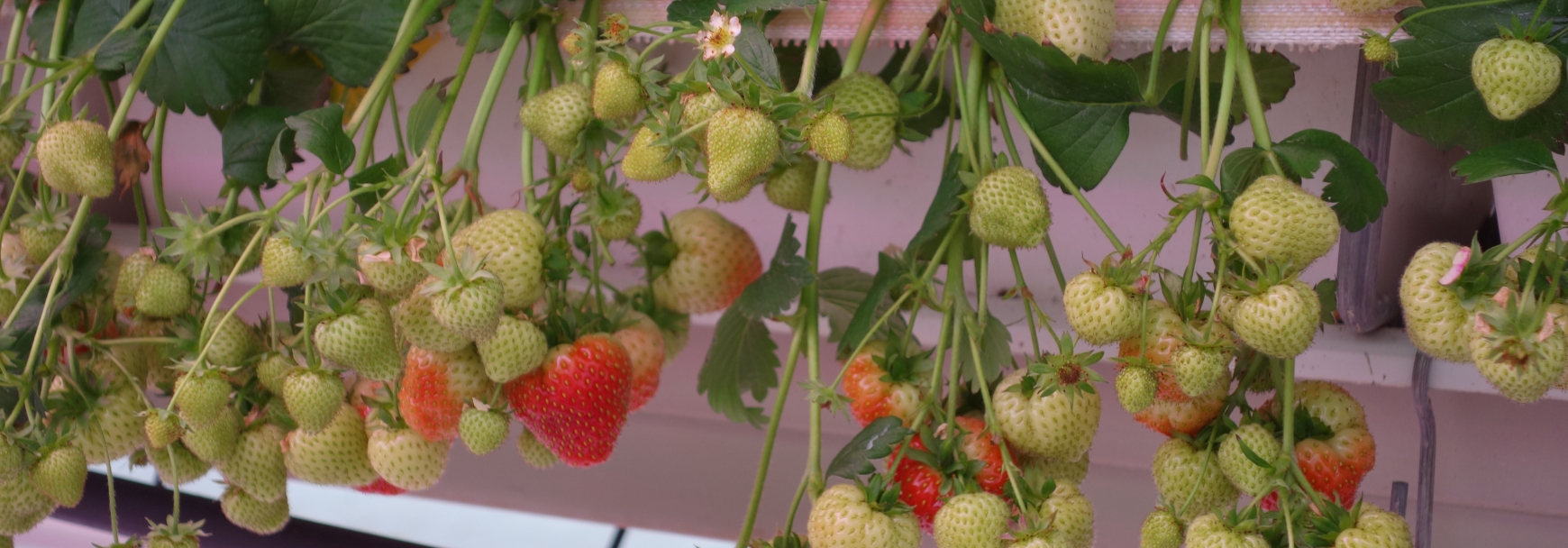GrowSave’s second workshop specifically for Soft Fruit was held on 27 February at New Forest Fruit. The focus of the day was Climate Control, which incorporated aspects of humidity and temperature control, as well as CO2 dosing. Energy and CO2 can be some of the biggest costs faced by businesses, so careful control is important to help minimise waste and keep bills down.
The 20+ delegates had a mix of glasshouses and tunnels, some with climate control computers, all using heat to some extent. While most growers know exactly what conditions they are trying to achieve, without sufficient measurement and data gathering, it can be hard to know what is happening in reality. The presentations included strategies for humidity control, with a view to being as energy efficient as possible, and highlighted the importance of using measuring boxes and other data capturing devices effectively. This means ensuring measurements are representative of what the crop is experiencing, i.e. at the plant level, and not the surrounding atmosphere in the glasshouse or tunnel. The benefits of air movement and a homogeneous climate were also discussed, with the aim being to achieve even temperatures and humidity levels across the crop, both horizontally and vertically.
The afternoon session looked at the various sources of CO2 and their associated costs. For those with natural gas boilers or combined heat and power (CHP) units, self-production is possible and can be cost-effective, as long as heat can be stored if not needed immediately. With a biomass setup, the cost of additional equipment to clean flue gases can mean buying in pure CO2 is a more attractive option.
While the importance of CO2 is not in question, the target concentration for different crops and at different stages of development throughout the year remains a grey area. It may also be worth investing in sensors to measure CO2 concentration, as this can help identify when levels are sub-optimal. For example, if the dose is too high, i.e. beyond what the plant needs, expensive CO2 may be wasted. On the other hand, a respiring crop in a well-sealed structure could cause the concentration to drop below outside levels (approx. 350ppm). Given the cost of carbon dioxide, whether bought as pure CO2 or self-produced, a careful dosing strategy using only what is needed could bring financial savings.
We deliver the GrowSave Project on behalf of AHDB Horticulture and if you would like to find out more about the GrowSave please give us a call on 024 7669 6512.


